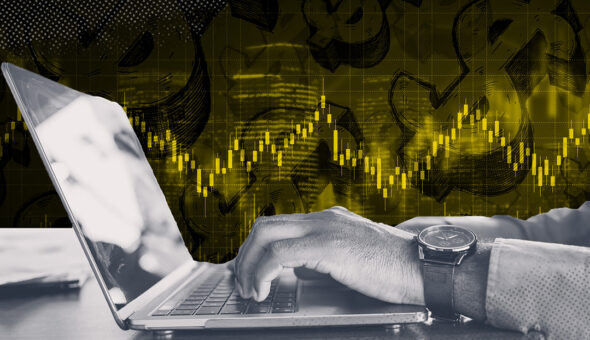This winter, SimpsonScarborough released its semi-annual CMO study. Among the findings was a statistic that startled me: for everyone $100 that higher ed spends on marketing technology, corporate marketers spend $3,200.
There are a lot of reasons for this 32X discrepancy. The decentralized nature of our institutions is a big contributor. It’s not unusual for institutions to have multiple instances of a CRM, or even different CRMs for different audiences. Meanwhile, both marketing and information technology are often decentralized, leading to further fragmentation of the technology used on campus. An additional nail in the coffin: the Great Resignation has left vacant many key positions that could support a martech investment.
READ MORE: How to choose a CRM
In my opinion, another big reason is the way that higher ed marketing has evolved over the past two decades. In the 1990s and early 2000s, most universities saw marketing and communications as a cost center. Under this “publications office” model, marketing and communications leaders rarely had a seat at the leadership table and staff were not viewed as professionals who brought deep expertise to their roles. As we have grown to be recognized as a value driver, savvy presidents have elevated the roles of the CMO/CCO and brought us to the table. One thing, however, has not consistently kept pace: the salaries of our staff.
LISTEN: Why higher ed CMOs should be in the presidential cabinet
It is challenging to recruit staff with deep expertise in tech and tech-adjacent roles when the salaries pale in comparison to their counterparts in the private sector. The benefits of working in higher ed are innumerable; however, it is difficult to compete with offers that range from 50 to 150 percent higher than what our campuses can pay. The universities with the deepest pockets can combat this, but smaller campuses and regional institutions struggle to find the resources to make this work.
So, what can we do? In my case, we combined a few vacant positions to create a new role focused on marketing technology with a competitive salary — and then made the role fully remote to help attract a broader pool of applicants. We found places in our budget to trim costs so we can begin making investments in technology. We made a case to leadership for greater investment in marcomm and are working to bring salaries up across our division. This isn’t a quick fix and does not solve all the structural problems that remain, but it does move us forward in sophistication and will allow us to better track the return on the investment the university has made in marketing.
RELATED: Why more higher ed jobs should be remote
Our audiences are used to personalization that goes well beyond starting an email with “Dear [First Name].” They are incredibly savvy and accustomed to an increased focus on the customer journey. To align with their expectations — and to rise above the noise — we must up our game in this space.







